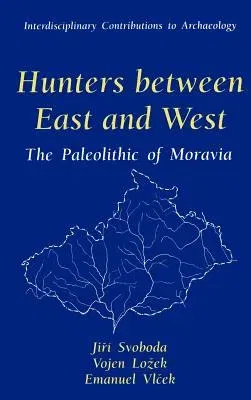Jiri Svoboda
(Author)Hunters Between East and West: The Paleolithic of Moravia (1996)Hardcover - 1996, 30 September 1996

Qty
1
Turbo
Ships in 2 - 3 days
In Stock
Free Delivery
Cash on Delivery
15 Days
Free Returns
Secure Checkout

Part of Series
Interdisciplinary Contributions to Archaeology
Part of Series
Cognition and Language
Print Length
311 pages
Language
English
Publisher
Springer
Date Published
30 Sep 1996
ISBN-10
0306452502
ISBN-13
9780306452505
Description
Product Details
Book Edition:
1996
Book Format:
Hardcover
Country of Origin:
US
Date Published:
30 September 1996
Dimensions:
23.37 x
15.39 x
2.31 cm
Genre:
Eastern Europe
ISBN-10:
0306452502
ISBN-13:
9780306452505
Language:
English
Location:
New York, NY
Pages:
311
Publisher:
Weight:
635.03 gm